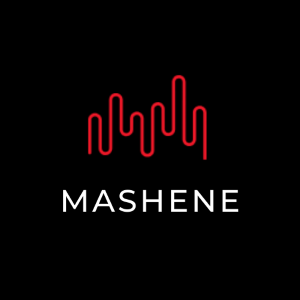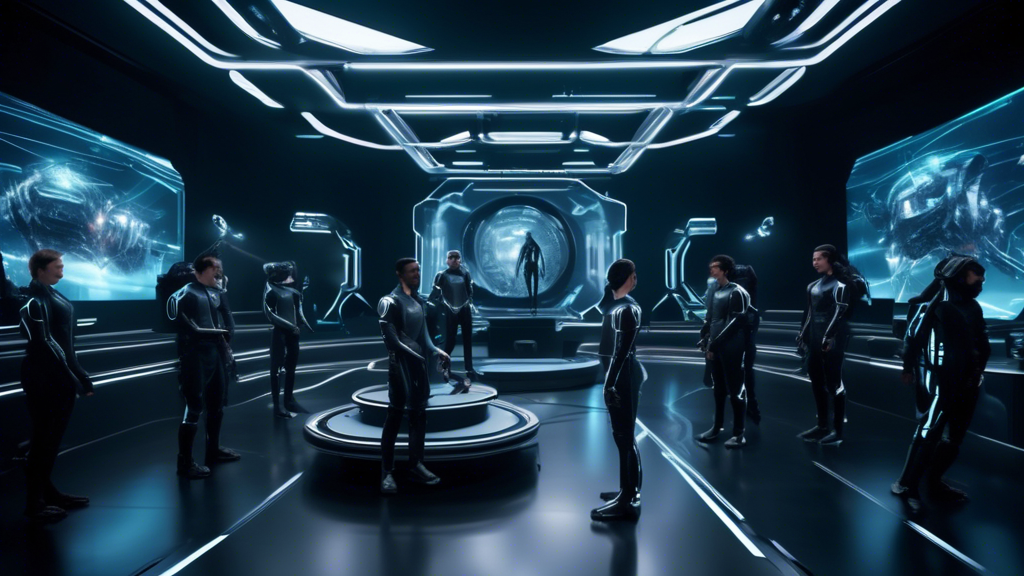The evolution of virtual production has been significantly accelerated by advancements in artificial intelligence (AI). This innovative blend of technology and creativity is reshaping the way movies, television shows, and other visual media are produced, offering new realms of possibilities for filmmakers and content creators.
What is Virtual Production?
Virtual production is a technique that merges physical and digital filmmaking processes to create real-time, on-set visualization of the intended scenes. This method allows directors, producers, and crews to visualize complex scenes and environments long before they are shot, blending computer-generated imagery (CGI) with live-action footage. Traditionally, virtual production relied heavily on green screens and post-production to achieve its effects, but AI is transforming these methods into more seamless and interactive experiences.
The Role of AI in Virtual Production
AI’s impact on virtual production can be broken down into several key areas:
1. Real-Time Rendering
One of the most significant contributions of AI to virtual production is in the realm of real-time rendering. AI algorithms can quickly process complex datasets to generate photorealistic images and scenes without the lag traditionally associated with such tasks. This allows filmmakers to see and interact with digital sets and characters in real time, making the production process more dynamic and less reliant on post-production.
2. Scene and Character Generation
AI is also being used to create detailed textures, environments, and character models that were previously time-consuming to produce. Through techniques like deep learning and neural networks, AI can analyze thousands of images and generate new, highly detailed visuals that match the director’s vision. This reduces the time and labor needed to create immersive and believable scenes.
3. Motion Capture and Animation
Traditional motion capture involves actors wearing suits with sensors that track their movements, which are later translated into digital character animations. AI enhances this process by employing advanced algorithms that can predict and fill in gaps in motion data, leading to smoother and more realistic animations. Furthermore, AI can now generate animations directly from video footage, eliminating the need for extensive motion capture setups.
4. AI-Driven Tools for Creators
AI-driven tools and software aid creators in various aspects of virtual production. For instance, AI can automate mundane tasks like rotoscoping (tracing around objects for compositing) and color grading, allowing artists to focus on more creative aspects of the production. Additionally, AI tools can help simulate lighting and shading in a scene, providing a more accurate preview during the planning stages.
Challenges and Future Directions
Despite its many advantages, AI in virtual production is not without its challenges. The complexity and unpredictability of AI systems can sometimes lead to unforeseen issues during production. Moreover, there is an ongoing debate about the ethical implications of AI-generated content, particularly concerning the potential for job displacement in traditional creative roles.
Looking ahead, the integration of AI in virtual production is likely to become even more sophisticated. As AI technologies continue to evolve, we can expect more intuitive interfaces, greater accessibility for independent filmmakers, and increasingly indistinguishable digital environments and characters from their real-world counterparts. Collaborative AI systems that understand and respond to artistic direction in real-time may also become a reality, further blurring the lines between human and machine creativity.
AI’s Influence
AI’s influence on virtual production techniques is revolutionizing the entertainment industry, offering new tools and methods that enhance creativity while streamlining the production process. As AI continues to develop, its role in virtual production is set to expand, opening up a vast world of possibilities for filmmakers and content creators. The marriage of AI and virtual production is not only changing how visual media is made but also redefining the very boundaries of creative storytelling.


